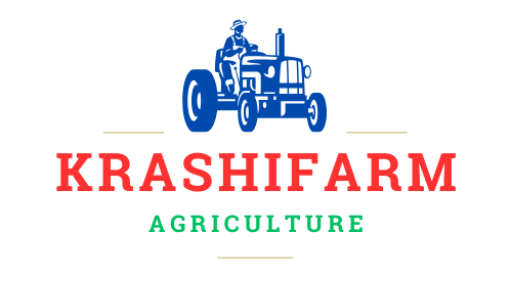Introduction
Soil structure is a crucial factor in agricultural productivity and environmental sustainability. The use of organic matter is one of the most effective ways to improve soil structure, enhancing its physical, chemical, and biological properties. This document explores the various types of organic matter, their benefits, and how they contribute to soil improvement.
Importance of Soil Structure
Soil structure refers to the arrangement of soil particles into aggregates. Good soil structure improves aeration, water infiltration, and root penetration, making it essential for plant growth. Poor soil structure can lead to compaction, reduced water retention, and poor root development.
Types of Organic Matter Used in Soil Improvement
- Compost
- Decomposed organic material rich in nutrients.
- Improves soil fertility and microbial activity.
- Manure
- Animal waste that adds essential nutrients.
- Enhances water-holding capacity and microbial diversity.
- Green Manure
- Cover crops grown and incorporated into the soil.
- Increases organic content and reduces soil erosion.
- Crop Residues
- Plant remains left after harvest.
- Prevents erosion and enhances soil organic carbon.
- Biochar
- Charred organic matter that improves soil aeration.
- Retains nutrients and enhances microbial habitat.
- Mulches
- Organic or inorganic material spread on the soil surface.
- Reduces water evaporation and moderates soil temperature.
Mechanisms of Soil Structure Improvement
- Aggregation Formation
- Organic matter binds soil particles together, forming stable aggregates.
- Improved Water Retention
- Organic material enhances porosity, increasing water-holding capacity.
- Enhanced Soil Aeration
- Reduces compaction and facilitates oxygen flow to roots.
- Nutrient Cycling
- Decomposition releases essential nutrients for plant growth.
- Microbial Activity Stimulation
- Organic matter supports beneficial microbes that contribute to soil health.
- Reduction of Soil Erosion
- Organic additions protect soil from wind and water erosion.
Table: Comparison of Different Organic Matter Types
| Type | Key Benefits | Application Method | Decomposition Rate |
|---|---|---|---|
| Compost | Improves nutrient content, microbial diversity | Mixed into soil, top-dressed | Moderate |
| Manure | High nutrient content, enhances moisture retention | Spread and incorporated | Fast to Moderate |
| Green Manure | Enhances organic content, reduces erosion | Grown and tilled into soil | Moderate |
| Crop Residues | Adds organic carbon, prevents erosion | Left on field, tilled under | Slow |
| Biochar | Improves aeration, retains nutrients | Mixed into soil | Very Slow |
| Mulches | Reduces evaporation, moderates temperature | Spread on soil surface | Varies |
Practical Applications in Agriculture
- Sustainable Farming: Incorporating compost and green manure reduces dependency on chemical fertilizers.
- Erosion Control: Using mulches and crop residues prevents soil degradation.
- Climate Resilience: Organic amendments improve soil’s ability to withstand extreme weather.
- Soil Rehabilitation: Biochar and compost aid in restoring degraded soils.
Conclusion
The incorporation of organic matter into the soil is a sustainable approach to enhancing soil structure. It provides multiple benefits, including improved fertility, better water management, and increased microbial activity. Farmers and land managers should adopt organic amendments tailored to their soil needs for long-term productivity and environmental health.



